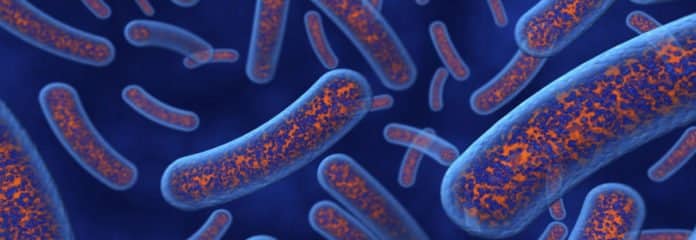Mysterious Flesh-Eating Bacteria Wreaks Havoc In Australia
Buruli ulcer is caused by the bacteria Mycobacterium ulcerans (M. ulcerans) and often results in long-term disability and cosmetic deformity. It starts out in form of a small, painless lump- but within weeks, it’s eating away the skin and tissue underneath, and unless treated with strong antibiotics, it could grow into a gaping ulcerated wound that may take a year to heal and even need surgical reconstruction.
A rare tropical disease caused by bacteria related to leprosy and tuberculosis, it now, in Australia’s temperate south eastern Victoria state is neither rare nor tropical.
In 2016, there were 182 new cases in Victoria, which, at the time was the highest number ever reported. But the number of cases reported in 2017 (275) have further increased by 51%, compared with 2016 (182). The cases are also becoming more severe in nature and occurring in new geographical areas.
In an article published in the Medical Journal of Australia (MJA) on Monday, authors led by associate professor Daniel O’Brien from Barwon Health said incidents of Buruli ulcer were on the rise but researchers were baffled as to why Victoria was being particularly affected. There have been no reported cases in New South Wales, South
Australia or Tasmania.It’s a difficult diease to curb, experts say, because it’s unknown how people get the Buruli ulcer. However, some believe mosquitoes may be to blame, as most ulcers are located on people’s arms or legs.
“One possibility is that the disease is passed to humans from some insects that are found in water,” the CDC states, though that’s just one theory.
The bacterium is a particularly “nasty and clever” one, says Associate Professor O’Brien. It produces a toxin that not only kills the skin, it suppresses the immune system and contains an anaesthetic that means the initial infection is often painless and can go unnoticed.
The good news is that it is readily treatable, and the need for amputation in severe cases is very rare. However, the cure and recovery can be highly traumatic. The antibiotic treatment takes two months and comes with significant possible side effects such as inflammation of the liver, rashes, nausea and diarrhoea. It can take six months to a year for serious wounds to heal, and surgery and rehabilitation is needed in severe cases.
The team emphasizes that “efforts to control the disease have been severely hampered because the environmental reservoir and mode of transmission to humans remain unknown.” This uncertainty is epitomized by the World Health Organization (WHO), which notes that the type of people that are infected, and the fact the disease specifically manifests itself in a case-by-case way, “[varies] considerably within and across different countries and settings.”
The authors of the article called for urgent government funding to research the bacteria and to carry out an exhaustive examination of the environments it is found, including looking at local animals and any interaction with people.
“The time to act is now, and we advocate for local, regional and national governments to urgently commit to funding the research needed to stop Buruli ulcer,” the authors wrote in the conclusion of the study. “We … need an urgent response based on robust scientific knowledge acquired by a thorough and exhaustive examination of the environment, local fauna, human behaviour and characteristics, and the interactions between them.”






























